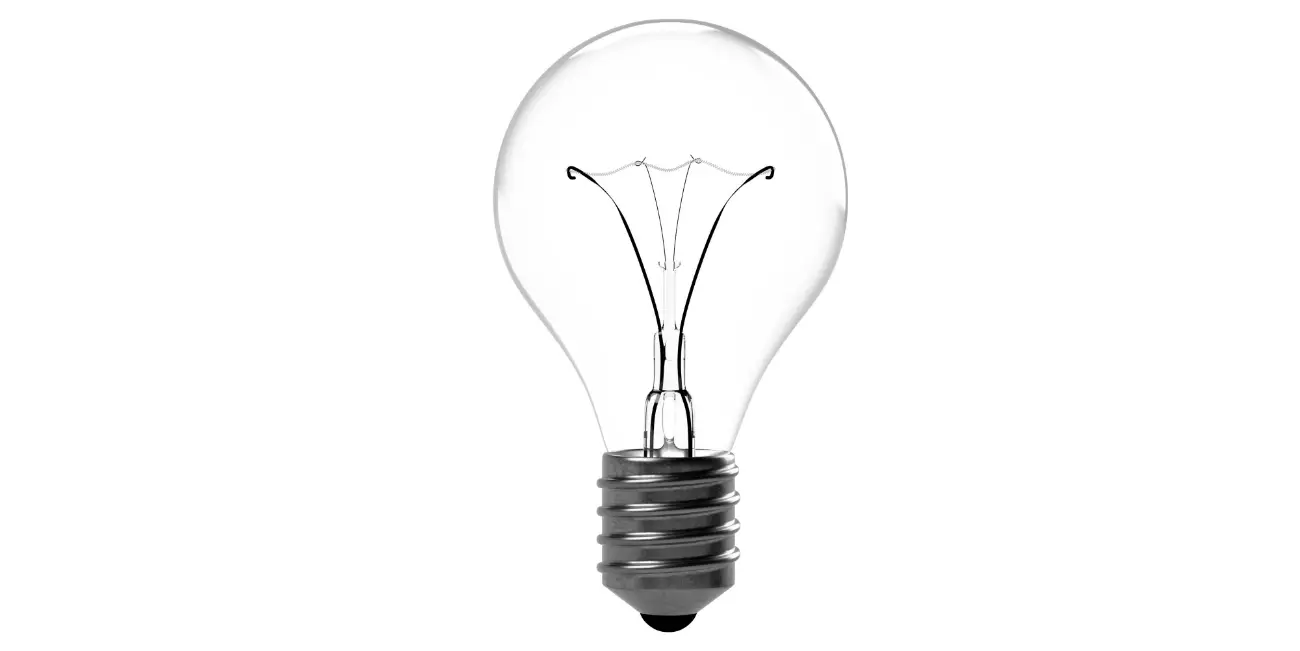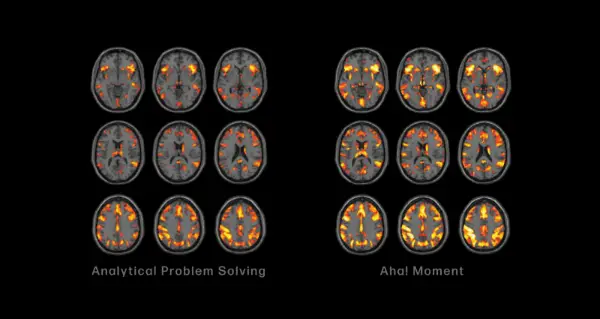
The Science Behind ‘Aha!’ Moments
Most people understand that knowing the facts and having insight are two different things..
Cramming right before a big test might get you good marks, but a few years later you won’t remember most of the subject matter. Insight, however, is something altogether more permanent. ‘Aha!’ moments, those times of insight when all the facts ‘click’ and provide a new understanding, can be life-changing. If, for example, you touched a hot iron when you were young, there is a good chance you will be extra cautious around irons later in life. Once the association between hot irons and painful burns is made, your brain will never go back to it’s previous ‘irons aren’t dangerous’ belief.
Anecdotes alone suggest that ‘Aha!’ moments are not just a real thing, but a commonly shared human experience. However, if you really want to prove something, you need hard evidence. Advancements in science over the last few decades have allowed us to start asking increasingly abstract questions. The scientists asking those questions have now started to gain their own insights into how our minds work by studying the brain, bringing to light a much clearer understanding of this worldwide phenomenon.
What do we know?
During an ‘Aha’ moment, a part of the brain called the right temporal lobe, together with a few other brain regions involved in complex problem solving, pull together all the relevant facts related to the problem you are facing. In the case of the child and the hot iron, the memories of irons, burns, and his mom telling him not to touch hot things are all being inspected by this region of the brain. The insight happens in a burst of activity in the right temporal lobe, activity which has been correlated with neurons connecting for the first time. Basically, you are creating a new neural pathway to help you create new ideas. Because of these new connections between brain cells, you can now think in a way that was impossible before.

Make your own ‘Aha!’ moment
Our brains continuously change, creating new pathways when needed and deleting old, irrelevant ones. This activity is important when it comes to brain health, something known to decline with age. Furthermore, the problems we face in life also seem to grow in complexity with age. So what can be done to keep ‘Aha!’ moments going throughout life?
First of all, rest is important in creating new connections. It takes a lot of energy to create new pathways, and a brain at rest is more active than a brain focused on a problem. When it comes to new insights, sloth is a virtue. Secondly, know the facts. Learning new skills and solving new problems can’t be done without learning new facts. View verifiable facts as the foundation for ‘Aha!’ moments to come.
Lastly, don’t overwhelm your brain. Too much new information without enough rest to process can lead to brain overload. This can be very disheartening, especially for people with learning disabilities. When it comes to learning tasks, overcoming complex problems and creating new neural pathways, slow and steady wins the race.
For more ideas on accelerated learning, check out this tip for how to learn more about the world. Please also consider sharing this Mod using the social media icons below. Any questions or comments? Let us know on Twitter!

